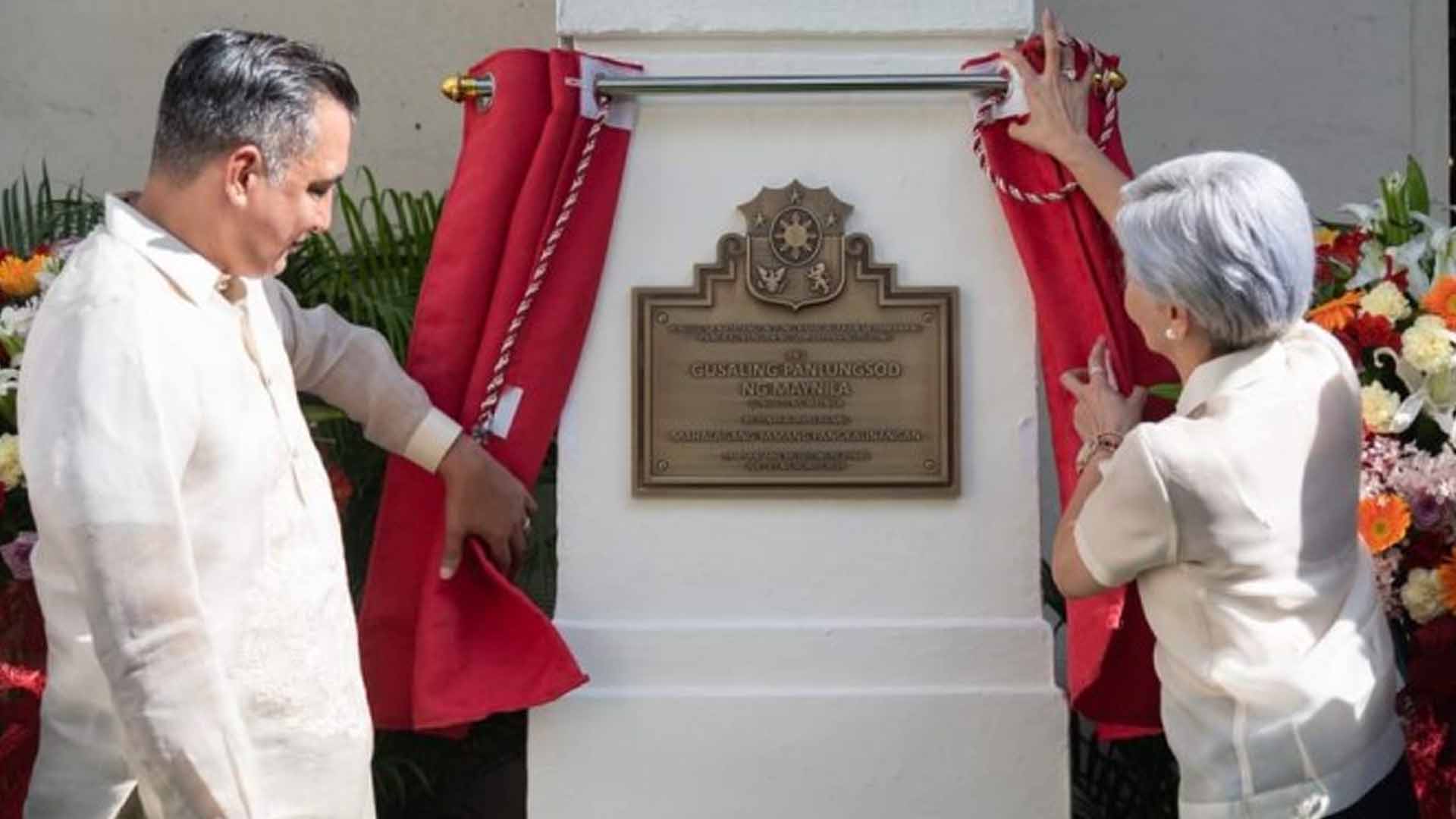The historic city hall of Manila is now considered as one of the country’s important cultural properties (Mahalagang Yamang Pangkalinangan) following the declaration of the National Museum of the Philippines on Monday.
“We are very thankful to the National Museum for granting us a marker, declaring our building as an important cultural property. This is a clear manifestation of the Filipinos’ appreciation of the cultural and historical value of our building,” Manila Mayor Honey Lacuna said in her speech.
National Museum Director General Jeremy Barns said the building represents the city’s heritage as it has withstood the test of time.
“Manila City Hall is an iconic building. It’s really important to have this declaration whether by the National Museum before or by the NCCA (National Commission for Culture and the Arts) now as a cultural property. They can avail of our systems more strongly than before,” he said.
Under Republic Act 10066 or the National Cultural Heritage Act of 2009, all important cultural properties should be prioritized in government funding for “protection, conservation, and restoration.”
It also serves as protection against modification or demolition.
“Ang gusaling ito ay nagpapakilala sa ating katatatagan. Nagsilbing saksi sa iba’t ibang yugto ng ating kasaysayan, patuloy na ipinapakita ang tibay at lakas ng ating pagiging Manileño at pagiging Pilipino (This building represents our stability. It’s a witness to the different to the different chapters of our history, as it continually shows our endurance and strength as Manileños and Filipinos),” Lacuna said.
Lacuna vowed to continue the local government’s partnership with the National Museum, NCCA, National Historical Commission of the Philippines and the Department of Tourism to ensure the building’s protection.
“This will further strengthen the efforts of our local government to strive for progress and development, yet have that ability to preserve and protect our character as a city rich in heritage,” she said.
Manila’s seat of power was designed by architect Antonio Toledo and built starting in 1939.
It underwent rehabilitation in 1946, in accordance with the Philippine Rehabilitation Act, after it was destroyed in the Battle of Manila in 1945.
The original building was built in 1904 under the leadership of former Mayor Arsenio Cruz Herrera. It was demolished due to its weakening structure, paving the way for the “new” city hall. (PNA)









